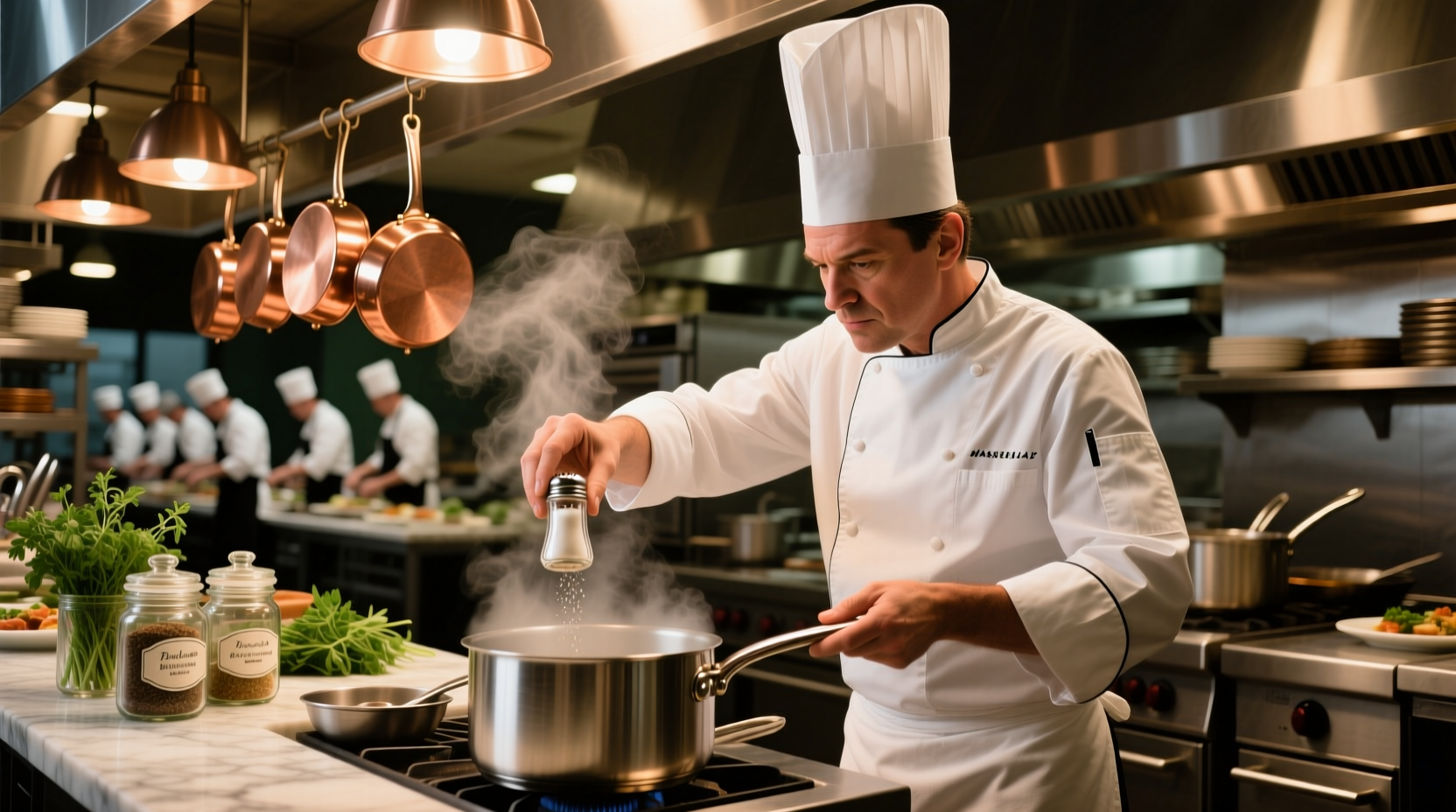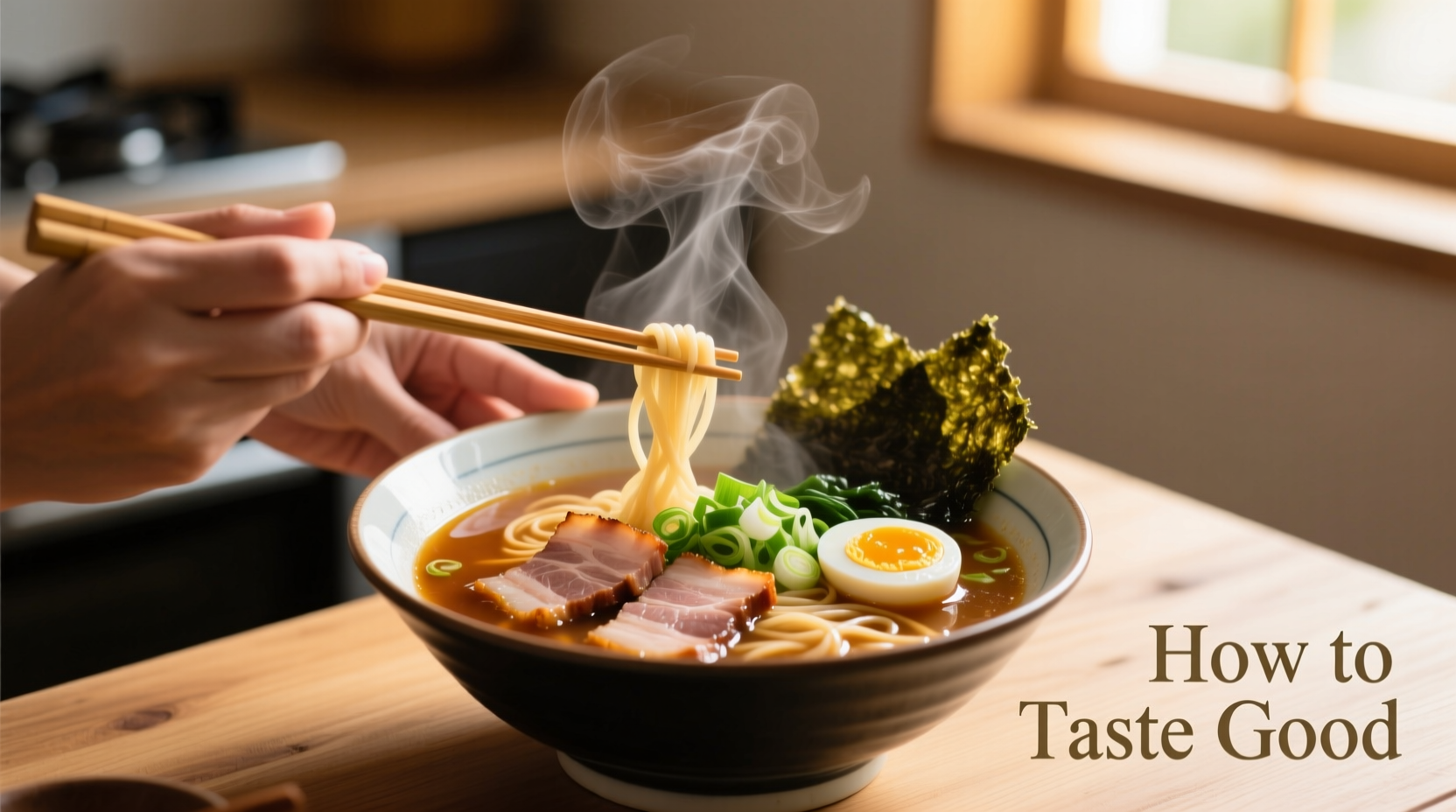If you're wondering how to make food taste good, the secret lies in understanding flavor balance—mastering the interplay of sweet, salty, sour, bitter, and umami elements. Professional chefs achieve consistently delicious results by developing palate awareness, using quality ingredients properly, and applying precise seasoning techniques. This guide reveals practical, science-backed methods anyone can use to transform ordinary dishes into extraordinary culinary experiences.
The Science Behind Great-Tasting Food
Understanding how taste works is the foundation of creating delicious food. Human taste perception involves five basic elements: sweet, salty, sour, bitter, and umami. These elements don't operate in isolation—they interact in complex ways that either enhance or diminish each other. According to research from the Monell Chemical Senses Center, a leading taste and smell research organization, proper flavor balance activates multiple taste receptors simultaneously, creating that satisfying “wow” factor we recognize as “good taste.”

Your Flavor Balancing Toolkit
Before you start cooking, equip yourself with these essential tools that professional chefs use to ensure consistently great-tasting dishes:
- Tasting spoons – Keep multiple clean spoons handy for sampling throughout cooking
- Acid options – Vinegars, citrus juices, and wines to brighten flavors
- Salt varieties – Different salts (sea salt, kosher, finishing salts) for different stages
- Sweetness adjusters – Honey, sugar, or fruit purees to counter excessive acidity
- Umami boosters – Fish sauce, soy sauce, mushrooms, or tomato paste
| Flavor Imbalance | Quick Fix | Professional Technique |
|---|---|---|
| Too salty | Add acid or starch | Dilute with unsalted component; add raw potato to absorb excess salt |
| Too sweet | Add acid or salt | Balance with bitter elements like coffee or dark chocolate |
| Too acidic | Add sweetness | Use honey instead of sugar for better integration; add dairy |
| Flat flavor | Add salt | Layer multiple salt applications throughout cooking process |
Mastering the Art of Seasoning
Seasoning isn't just about adding salt at the end—it's a strategic process that happens throughout cooking. The Culinary Institute of America's research shows that seasoning in layers creates more complex, satisfying flavors than single-point seasoning. Start with a light salt application to raw ingredients, adjust during cooking, and finish with a final seasoning touch. Remember that different salts have varying crystal sizes and densities—what looks like the same amount of table salt versus flaky sea salt can differ significantly in actual sodium content.
Temperature dramatically affects taste perception. Food tastes less salty and sweet when hot, which is why professional chefs always do final seasoning adjustments when dishes are at serving temperature. This explains why that perfectly seasoned soup at dinner might taste too salty when eaten cold the next day as leftovers.
Developing Your Palate: Practical Exercises
Great tasting skills aren't innate—they're developed through deliberate practice. Try these exercises to sharpen your flavor recognition abilities:
- The isolation exercise – Taste individual ingredients separately before combining them
- The adjustment challenge – Take a basic sauce and deliberately imbalance it, then correct it
- The blind test – Have someone adjust seasoning in identical dishes while you're not looking, then identify the differences
- The memory journal – Document flavors you enjoy in restaurants and analyze what makes them work
According to sensory research published in the Journal of Food Science, regular practice with these exercises can improve your flavor discrimination abilities by up to 40% within six weeks. The key is consistent, mindful tasting—not just eating, but actively analyzing what you're experiencing.
Common Flavor Pitfalls and Solutions
Even experienced home cooks fall into these flavor traps. Recognizing them is the first step to avoiding them:
The Rushed Tasting Mistake – Many home cooks taste only at the end of cooking. Professional chefs taste at every stage, adjusting as they go. Set reminders to taste your dish at key points in the cooking process.
The Single-Note Seasoning Error – Relying solely on salt without considering the full flavor spectrum. Always ask yourself: “Does this need more brightness (acid), depth (umami), or balance (sweet)?”
The Ingredient Quality Oversight – Starting with poor-quality ingredients limits your flavor potential. Invest in the best quality core ingredients you can afford, especially for elements that define the dish's character.
Building Flavor Confidence
Developing reliable tasting skills takes time, but these strategies will accelerate your progress:
- Keep a flavor journal noting successful adjustments and why they worked
- Practice identifying the dominant flavor in restaurant dishes
- Learn to recognize when a dish is properly balanced versus when it's missing something
- Understand that personal preference plays a role—your “good taste” might differ from others'
Remember that developing your palate is a journey, not a destination. As Antonio Bourdain once noted, “Your tongue is a muscle—the more you exercise it, the stronger it gets.” With consistent practice using these techniques, you'll develop the confidence to trust your own taste judgments and create consistently delicious food.
How can I tell if a dish is properly seasoned?
A properly seasoned dish has balanced flavors where no single element dominates. You should experience a progression of tastes—initial impression, mid-palate development, and a satisfying finish. The flavors should feel integrated, not separate. Professional chefs look for what's called “clean finish” where the flavor lingers pleasantly without any harsh or off notes.
Why does my food taste bland even after adding salt?
Blandness often occurs when only salt is used without considering other flavor elements. Many dishes need acid (lemon juice or vinegar) to brighten flavors, or umami elements (like tomatoes or mushrooms) to add depth. Also, adding salt too late in the cooking process prevents proper integration. Try seasoning in layers throughout cooking rather than all at the end.
How do professional chefs adjust flavors so quickly?
Professional chefs develop their palates through consistent practice and use a systematic approach. They identify which flavor element is missing or excessive (sweet, salty, sour, bitter, umami), then apply targeted adjustments. They also understand how ingredients interact—for example, knowing that acid can cut through richness, or that a touch of sweetness balances acidity. This comes from deliberate tasting practice and experience.
Can I improve my sense of taste if I'm not a professional cook?
Absolutely. Taste perception is a skill that improves with practice, not an innate talent. Start by focusing on one flavor element at a time (e.g., identifying salt levels in different foods), then progress to recognizing multiple elements simultaneously. Regular mindful tasting—slowing down and analyzing what you're experiencing—will significantly improve your flavor recognition abilities within weeks.











 浙公网安备
33010002000092号
浙公网安备
33010002000092号 浙B2-20120091-4
浙B2-20120091-4